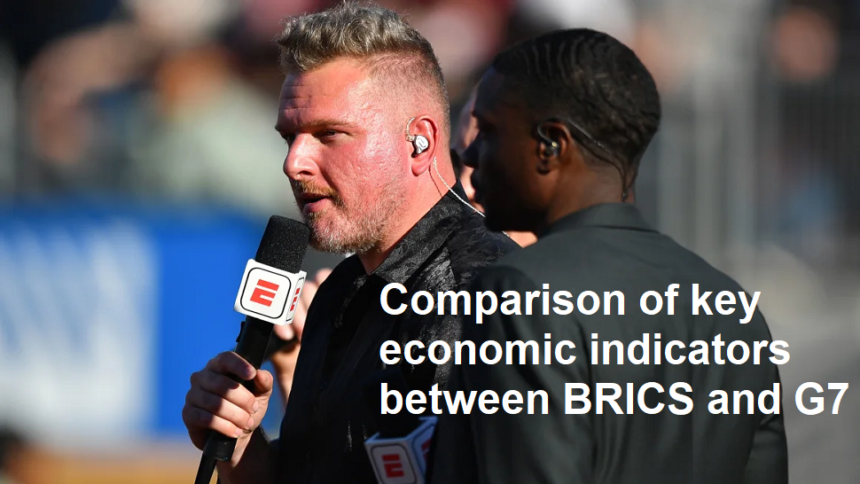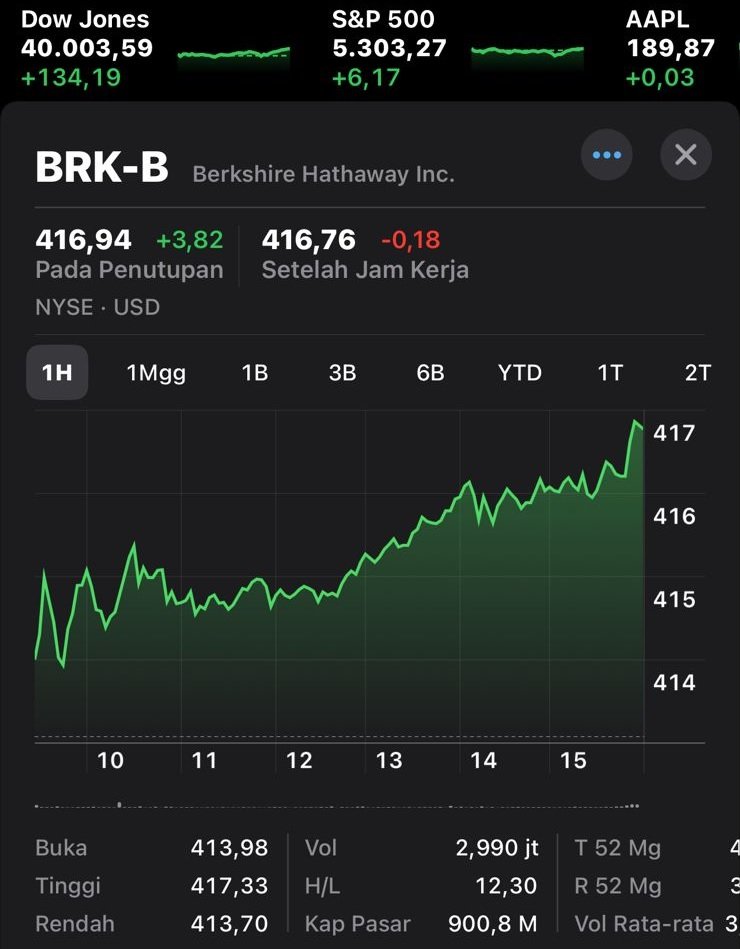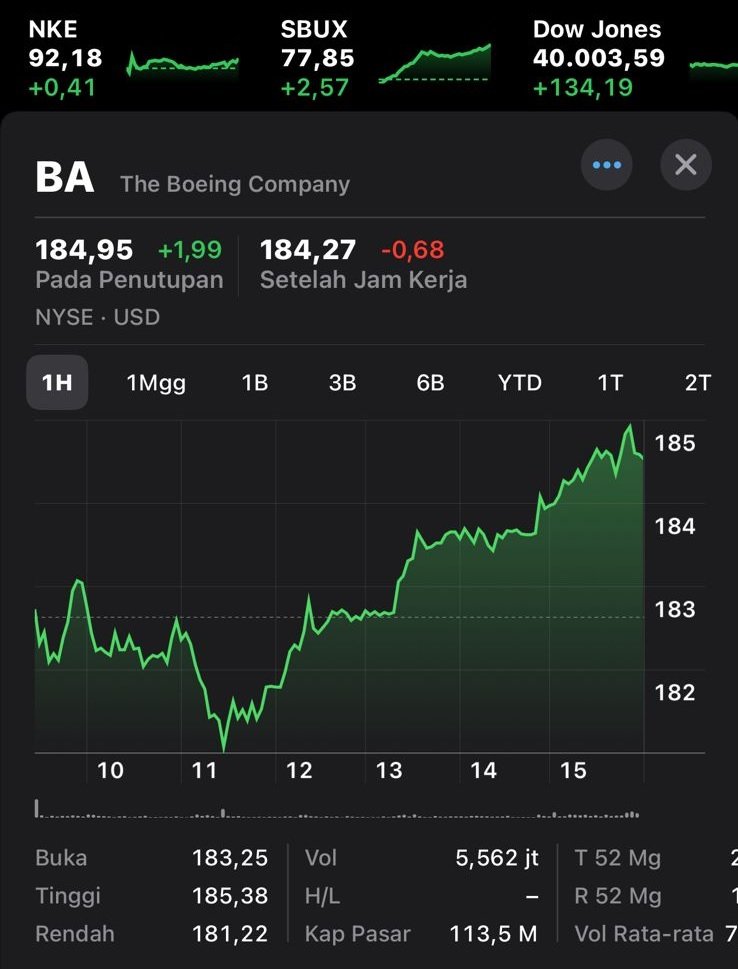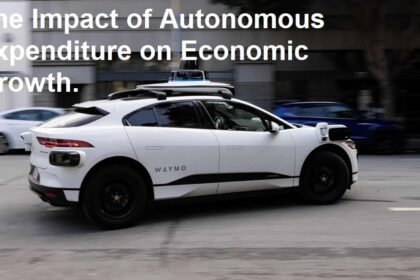Introduction to BRICS and G7.
In the world that has entered the current era of globalization, economic dominance has become the main indicator of a country’s strength and influence. There are two groups of leading economic powers, namely BRICS (Brazil, Russia, India, China and South Africa) and G7 (Group of Seven). These two economic groups have emerged as major players in the global economic landscape.
The BRICS countries, consisting of several countries from various regions with the fastest economic growth in the world, have challenged the economic order dominated by the G7 countries which we also know as a group of industrial countries. BRICS represents a group of countries with diverse economic conditions, with vast resources, large populations and a rapidly growing middle class. On the other hand, the G7 group consists of the United States, Japan, Germany, England, France, Italy and Canada, which have historically been countries that have been global economic leaders.
Understanding global economic dominance.
To understand the struggle for global economic dominance, we must understand the factors that contribute to global economic dominance. Economic dominance is not solely determined by a country’s GDP or the economic output of each country. But it covers many indicators, including technological progress, innovation, political stability, military strength, and soft power. These factors collectively shape a country’s economic influence on other countries and influence its position on the global stage.
The BRICS countries have made significant progress in recent years, with this group supported by China as its leader. China’s economic growth itself is truly extraordinary, which has caused this country to become the country with the second largest economy in the world. China’s manufacturing expertise, technological advances, and large consumer market make China a force to be reckoned with on the global stage. Other BRICS countries, such as India and Brazil, have also experienced major economic growth, so these countries have contributed to the collective rise of the BRICS group.
In contrast, the G7 countries have a long-standing legacy of economic dominance that has yet to be replaced. These G7 countries have been at the forefront of the global economy, so they are able to form policies and trade agreements that have far-reaching consequences. The G7’s economic strength is also supported by technological advances, innovation and military capabilities of its member countries. However, the G7 countries face the challenge of adapting to changes in the global economic landscape, where developing countries such as the BRICS countries are starting to develop rapidly and are increasingly catching up with their progress.
Comparison of key economic indicators between BRICS and G7.
To measure the struggle for global economic dominance, we must compare the main economic indicators between BRICS countries and G7 member countries. These indicators provide important information and understanding regarding the strengths and weaknesses of each group.
The GDP growth rate is an important indicator of economic performance that has long been used. In this case, the BRICS countries consistently show higher GDP growth rates than the G7 countries. This reflects the rapid economic expansion of the BRICS countries and the potential of this group of countries to reshape the global economic order. However, the G7 countries still hold a majority share of global GDP, indicating their continued economic dominance in the next few years.
Trade plays an important role in economic dominance in the modern world. The G7 countries have historically been major players in global trade and this group of countries accounts for the majority of world exports and imports. However, the BRICS countries continue to increase their trade volumes and these countries are diversifying their export markets. China, in particular, has emerged as a leading global trading power today. As the BRICS countries continue to strengthen their trade ties, the battle for global economic dominance is intensifying and will only intensify in the future.
Investment and innovation are important drivers of global economic growth. Although the G7 countries have a long history of innovation and investment, it turns out that the BRICS countries have been catching up quickly. China, for example, has become a global leader in areas such as renewable energy, artificial intelligence and e-commerce, and is even superior to the United States in some respects. While the BRICS countries invest heavily in research and development, this poses a major challenge to the technological superiority that the G7 group currently has.
Future prospects and predictions for BRICS and G7.
The battle for global economic dominance between the BRICS and the G7 is far from over and will only intensify in the future. These two economic groups have unique strengths and challenges that will shape their future prospects, and influence the global economic environment.
The BRICS countries have many advantages, including rapid economic growth, a growing middle class, and huge untapped potential. However, BRICS countries also face major obstacles such as income inequality, political instability and environmental problems in each of their members. To strengthen their position and get ahead of rival groups in the global economic hierarchy, BRICS countries must overcome these challenges while continuing to invest in education, innovation and sustainable development.
The G7 countries, despite their economic dominance, should not be complacent as the gap is narrowing. These countries must adapt to the changing global economic landscape by embracing innovation, encouraging collaboration with developing countries to form cooperation, and addressing problems such as income inequality and climate change. By leveraging their existing strengths and exploiting new opportunities, G7 countries can maintain their economic influence and ensure a more equitable and sustainable global economy that tilts in their favor.













